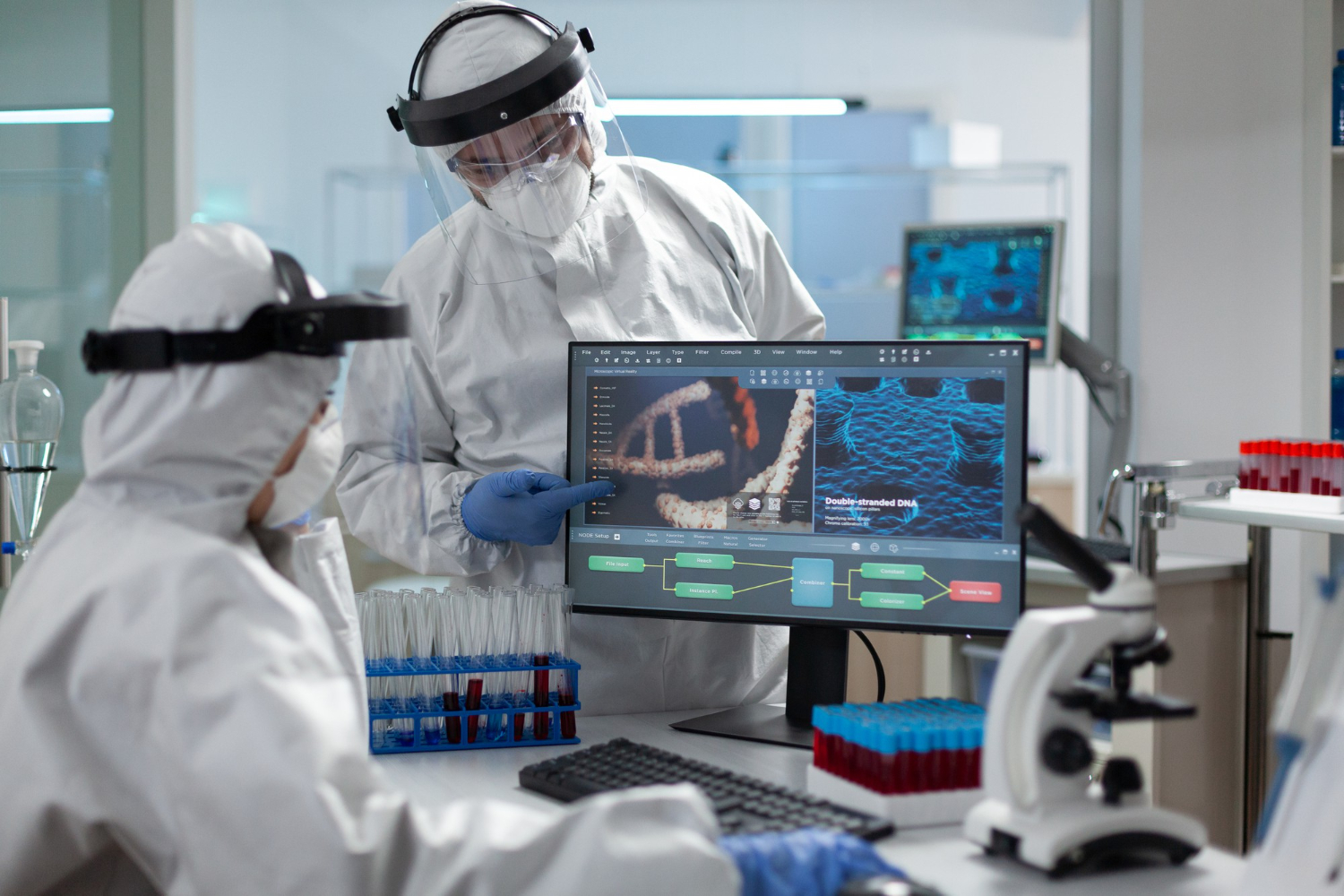Pharmaceutical manufacturing demands precision. Every step in the manufacturing process affects product quality and patient safety. From raw materials to final products, errors can lead to costly delays or compliance issues. The pharmaceutical industry now turns to AI vision to reduce these risks and improve efficiency.
AI vision combines advanced imaging with machine learning and deep learning techniques. It monitors production lines in real time, checks quality, and supports decision-making. These systems do not replace human expertise. They provide accurate, fast insights that help teams act before problems escalate.
Why AI Vision Matters
Drug manufacturing involves complex workflows. Operators handle raw materials, mix compounds, and run automated equipment. Each stage must meet strict standards. Manual checks alone cannot keep pace with high-volume production.
AI vision systems fill this gap. They inspect digital images of products and packaging. They detect defects, contamination, or mislabelling instantly. This reduces waste and ensures compliance with regulations. Real-time monitoring also prevents small issues from becoming major failures.
Read more: The Impact of Computer Vision on The Medical Field
How AI Vision Works in Real World Settings
AI vision starts with image processing. Cameras capture high-resolution images of tablets, vials, or blister packs. Algorithms clean and standardise these images for analysis. Machine learning models then classify patterns and flag anomalies.
Deep learning models add more power. They learn from large datasets of past production runs. They recognise subtle defects that traditional systems miss. These AI models adapt to new product lines without extensive reprogramming.
The result is a system that checks thousands of units per hour. It works without fatigue and provides consistent results. Operators receive alerts in real time and can act immediately.
Benefits for Pharmaceutical Manufacturing
Improved Product Quality
AI vision ensures that every batch meets strict standards. It detects cracks, chips, or colour variations in tablets. It checks fill levels in vials and verifies seals on packaging.
Efficiency Gains
Automated inspection speeds up the manufacturing process. It reduces downtime caused by manual checks. It also lowers the risk of recalls, which saves money and protects reputation.
Compliance Support
Regulatory bodies demand detailed records. AI vision systems log every inspection and decision. These records simplify audits and prove adherence to quality guidelines.
Read more: High-Throughput Image Analysis in Biotechnology
Integration with Drug Manufacturing Processes
AI vision does not work in isolation. It integrates with existing control systems. It monitors raw materials during intake and checks intermediate stages of production. It verifies final products before packaging and shipment.
Real-time feedback helps operators adjust settings on the fly. If a batch shows irregularities, the system signals a correction before waste occurs. This proactive approach keeps production stable and predictable.
The Role of Machine Learning and Deep Learning
Machine learning models classify defects and predict trends. They improve with every batch processed. Deep learning models go further. They analyse complex visual patterns and adapt to new conditions.
These models rely on large datasets for training. Pharmaceutical companies use historical production data to teach systems what “good” looks like. Over time, AI vision becomes more accurate and reliable.
Challenges and Best Practices for AI Vision in Pharma
Implementing AI vision in pharmaceutical manufacturing brings unique challenges. Variability in raw materials and lighting conditions can affect image quality. Complex packaging designs and reflective surfaces often confuse standard algorithms. High-speed production lines demand real-time analysis without latency, which requires robust infrastructure and optimised deep learning models.
Data quality is another hurdle. AI models need large, well-labelled datasets to learn effectively. Poor annotations or biased samples can lead to inaccurate predictions.
Compliance adds further complexity. Systems must meet strict regulatory standards and maintain auditable logs for every inspection.
Best practices start with controlled imaging environments. Consistent lighting and camera calibration reduce noise. Continuous retraining of machine learning models ensures adaptability to new products and processes. Integration with existing manufacturing systems is essential for smooth workflows.
Finally, clear dashboards and alerts help operators act quickly, maintaining product quality and safety throughout the manufacturing process.
Read more: Pattern Recognition and Bioinformatics at Scale
Future Outlook for AI Vision in Pharma
The future points to even tighter integration. AI vision will link with predictive maintenance tools to prevent equipment failures. It will combine with IoT sensors for richer data streams. It may also support personalised medicine by ensuring precise dosing and packaging for individual patients.
As the pharmaceutical industry moves toward continuous manufacturing, AI vision will play a central role. It will keep processes stable and products safe without slowing production.
TechnoLynx: Your Partner for AI Vision
TechnoLynx helps pharmaceutical companies deploy AI vision systems that fit real-world needs. We design solutions that combine image processing, machine learning, and deep learning for high-speed inspection. Our solutions monitor the manufacturing process in real time, check raw materials, and verify final products.
We customise AI models for your workflows and train them on your data. We provide dashboards that show clear results and logs that meet compliance standards.
Let’s collaborate and turn your pharma manufacturing challenges into reliable, AI-driven solutions with TechnoLynx.
Continue reading: AI in Pharma R&D: Faster, Smarter Decisions
Image credits: Freepik













